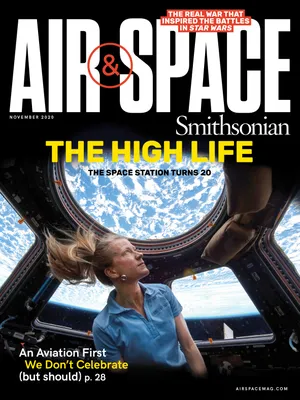Not Only Does Venus Hold the Possibility of Life, It Has Active Volcanoes, Too
Our planetary neighbor has been giving up lots of secrets lately.
:focal(1469x561:1470x562)/https://tf-cmsv2-smithsonianmag-media.s3.amazonaws.com/filer/68/92/6892fde7-ea0c-47d4-b530-520a705fbdb9/32f_on2020_venusianvolcanoesaramaiti3d_live.jpg)
Venus has more volcanoes than any other world in the solar system—more than 1,600 have been spotted in radar images. Several studies in the past ten years have suggested that these volcanoes may be active, which is expected for a planet nearly the size of Earth. Evidence includes rocks that might have spent little time weathering in the harsh environment and long rough flows formed by gas-rich magma. A new study of ring-like structures called coronae adds another piece to this emerging picture of a dynamic world.
Known since the Venera and Magellan radar mapping missions to Venus in the 1980’s and early 1990’s, coronae are created when plumes of hot material deep inside the planet rise from the mantle and deform the crust. In many cases, coronae are surrounded by vast fields of lava flows where these plumes reach the surface. While they are found over much of Venus, there is debate about how recently each corona may have formed.
Scientists at the University of Maryland and the Institute of Geophysics at ETH Zurich, Switzerland, approached the puzzle by developing mathematical models of hot material beneath the planet’s surface to create high-resolution, three-dimensional simulations of corona formation. The modeling revealed features that might be present in recently active coronae, matching the appearance of 37 actual coronae mapped by Magellan.
The corona study is not proof of active volcanoes, but supports an emerging picture of Venus as a more active place than thought many years ago. Sites of possible recent volcanic eruptions are ideal locations for studies by orbiting sensors and for placing geological instruments the next time a spacecraft visits the forbidding surface. Several countries are working toward new Venus missions, so answers to these questions may be found in the next decade.
